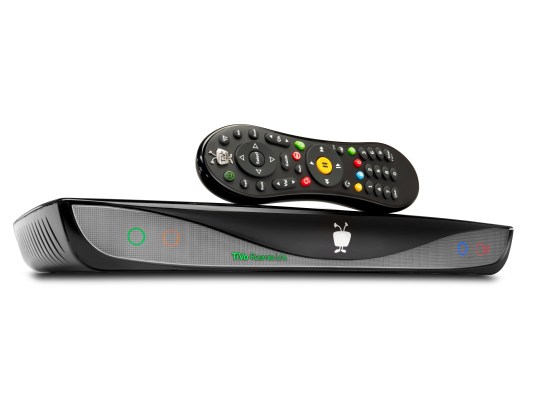TiVo is preparing to launch a next-generation device reportedly called “Bolt,” which may replace the current Roamio models which have recently seen their prices slashed. But TiVo hardware sales and their accompanying subscriptions aren’t the company’s only source of revenue. TiVo announced yesterday its intentions to return to court in order to enforce its IP. This time around, TiVo is suing Samsung for patent infringement, claiming that Samsung DVRs violate four of TiVo’s patents.
This isn’t the first time TiVo has entered into litigations around its patent portfolio. The company has successfully sued and settled with a number of companies over the years, including Time Warner Cable, AT&T, Cisco, Verizon, Motorola and Dish Network. As Variety pointed out, these settlements have totaled more than $1.6 billion for TiVo as it basically has targeted any company with a video recorder and cash on hand.
As in prior cases, the charges against Samsung involve two patents dubbed the ‘389 Time Warp patent and the ‘195 Trick Play patent. The former allows viewers to watch a show while recording another, and the latter allows for smoother viewing when videos are played back at a faster speed than normal.
But what’s notable about the Samsung lawsuit, as TiVo stated in its Q2 2015 earnings report yesterday, is that the case also involves two additional patents that run to 2021 and 2023. The other two patents, which the older cases had been built upon, were instead focused on patents expiring in 2018.
“Today’s action should help address one of the questions regarding the value, breadth, and applicability of TiVo’s IP portfolio post the 2018 expiration of the ‘389 patent,” added Tom Rogers, President and CEO of TiVo, in a statement.
The suit was filed in the Eastern District of Texas. The company also told reporters that it’s going after the Korean electronics giant not only because it’s a major DVR supplier to the cable industry, but also because the charges cover processes on its mobile devices.
